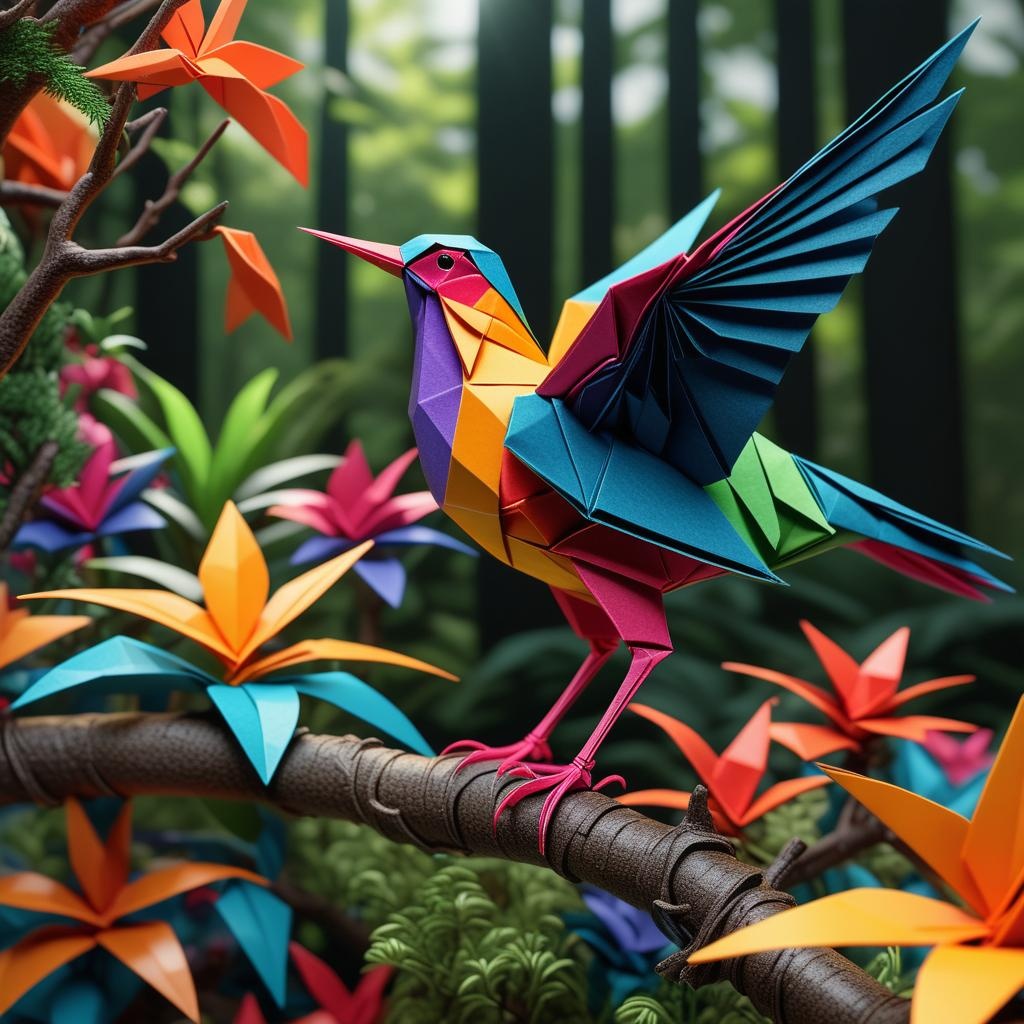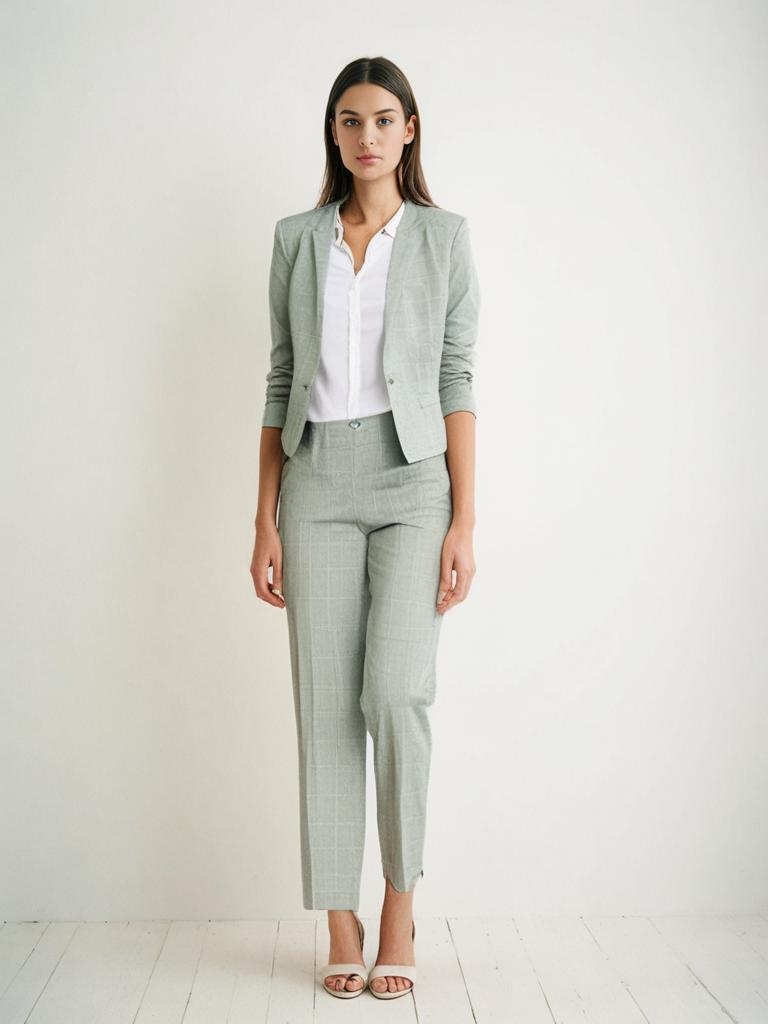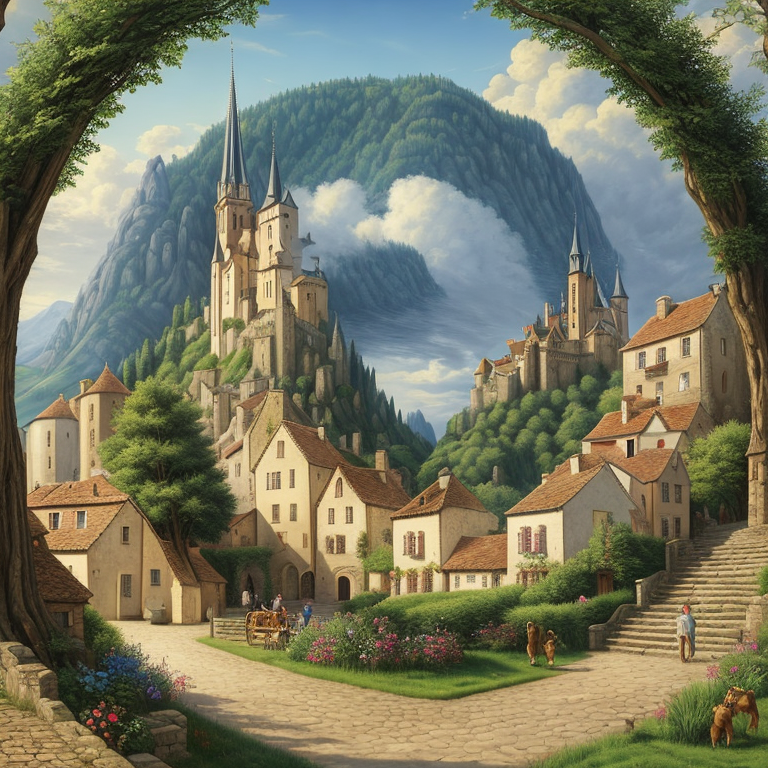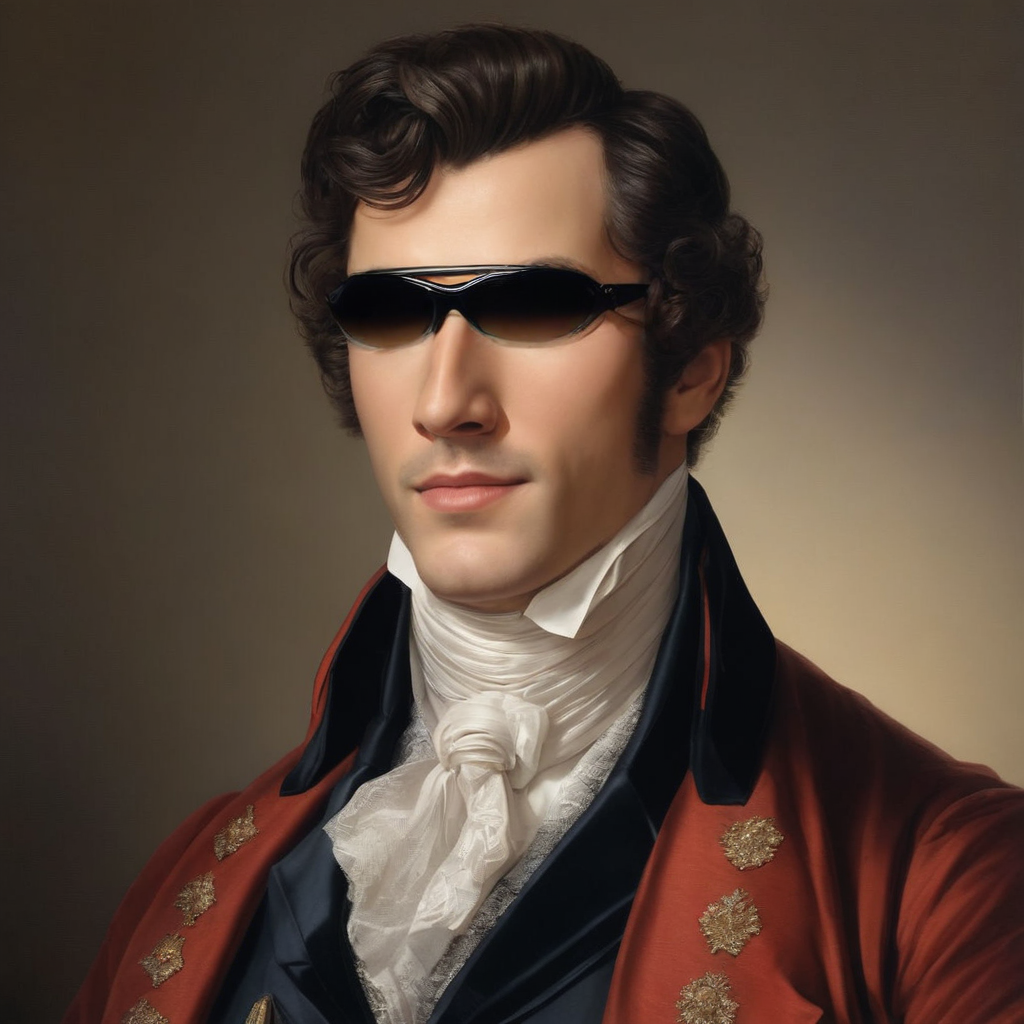Ideogram Character
Achieve perfect character consistency across multiple generations from a single reference image.
API
If you're looking for an API, you can choose from your desired programming language.
1
2
3
4
5
6
7
8
9
10
11
12
13
14
15
16
17
18
19
20
21
22
23
24
25
26
27
28
29
30
31
32
33
34
import requests
api_key = "YOUR_API_KEY"
url = "https://api.segmind.com/v1/ideogram-character"
# Prepare data and files
data = {}
files = {}
# For parameter "mask", you can send a raw file or a URI:
# files['mask'] = open('IMAGE_PATH', 'rb') # To send a file
data['mask'] = 'null' # To send a URI
data['seed'] = None
# For parameter "image", you can send a raw file or a URI:
# files['image'] = open('IMAGE_PATH', 'rb') # To send a file
data['image'] = 'null' # To send a URI
data['prompt'] = "a close up photo of a woman in a fashion magazine photoshoot"
data['resolution'] = "512x1536"
data['style_type'] = "Realistic"
data['aspect_ratio'] = "16:9"
data['rendering_speed'] = "Quality"
data['magic_prompt_option'] = "Off"
# For parameter "character_reference_image", you can send a raw file or a URI:
# files['character_reference_image'] = open('IMAGE_PATH', 'rb') # To send a file
data['character_reference_image'] = 'https://segmind-resources.s3.amazonaws.com/output/9ad9b775-7b35-4485-affe-6215a933d825-686185927069985948.png' # To send a URI
headers = {'x-api-key': api_key}
# If no files, send as JSON
if files:
response = requests.post(url, data=data, files=files, headers=headers)
else:
response = requests.post(url, json=data, headers=headers)
print(response.content) # The response is the generated imageAttributes
Use a mask to preserve parts of the image while inpainting. Choose a detailed mask for precise edits.
Set a seed for reproducible results. Use a fixed seed for consistency across generations.
Provide an image for inpainting using the given mask. Start with a clear, high-resolution image for best results.
Describe the image you want to create. Use creative prompts for unique images.
Choose resolution for the image output. For detailed images, pick a higher resolution.
Allowed values:
Select the style for the image. Use 'Fiction' for creative artwork or 'Realistic' for lifelike images.
Allowed values:
Define the aspect ratio for your image. Choose a ratio like '16:9' for wide-screen images.
Allowed values:
Choose rendering speed for processing time. Use 'Turbo' for fast results or 'Quality' for best results.
Allowed values:
Toggle magic prompt modes to automate text prompts. Use 'On' for automatic prompt enhancements.
Allowed values:
Provide an image as a character reference. Use a clear headshot for accurate modeling.
To keep track of your credit usage, you can inspect the response headers of each API call. The x-remaining-credits property will indicate the number of remaining credits in your account. Ensure you monitor this value to avoid any disruptions in your API usage.
Resources to get you started
Everything you need to know to get the most out of Ideogram Character
# How to Use This Image Generation Model Effectively
This guide covers best practices and parameter recommendations for creating stunning images—whether you need creative artwork, photorealistic renders, or character-based inpainting.
## 1. Crafting Your Prompt
- Be specific but concise.
Example: “A serene forest glade at dawn with soft mist and sunbeams.”
- Include mood, lighting, and style cues.
Example: “Hyper-realistic, cinematic lighting, autumn palette.”
## 2. Choosing Resolution & Aspect Ratio
- **High Detail (Concept Art / Prints)**
Resolution: 1024×1024 or higher (e.g., 1280×800)
Aspect Ratio: 16:9 or 4:3
- **Social Media / Thumbnails**
Resolution: 640×640 or 832×832
Aspect Ratio: 1:1
- **Portraits / Character Shots**
Resolution: 768×1216 or 704×1280
Aspect Ratio: 9:16 or 3:4
## 3. Style & Rendering Speed
- **Realistic Photography**
style_type: Realistic
rendering_speed: Quality
- **Concept Art & Fantasy**
style_type: Fiction or Auto
rendering_speed: Default or Turbo for quicker iterations
## 4. Magic Prompt Option
- **On**: Automatically enhances your prompt with keyword suggestions—great for newcomers.
- **Auto**: Balances your original text with AI improvements.
- **Off**: Full control; use if you have a refined prompt already.
## 5. Inpainting & Character Reference
- Provide a **character_reference_image** URL or upload a high-resolution headshot.
- Use **mask** to define areas you want to preserve or edit. For fine detail, draw a precise mask.
- Supply an **image** if you’re replacing or touching up specific regions.
## 6. Seed Control
- Set **seed** for reproducible outputs.
- Omit or randomize seed to explore fresh variations each run.
## 7. Sample Workflows
### A. Quick Sketch for Approval
- prompt: “Minimalist line art city skyline at dusk”
- resolution: 512×512
- rendering_speed: Turbo
- magic_prompt_option: On
### B. Final Poster-Quality Render
- prompt: “Epic dragon soaring above misty mountains, cinematic lighting”
- resolution: 1280×800
- aspect_ratio: 16:9
- style_type: Fiction
- rendering_speed: Quality
- seed: 42
### C. Character Headshot
- prompt: “Portrait of a cyberpunk detective with neon reflections”
- character_reference_image: [Your Image URL]
- resolution: 768×1216
- aspect_ratio: 9:16
- style_type: Realistic
- mask: [Your Mask URI]
---
Experiment with combinations to discover your ideal workflow. Adjust resolution, style, and speed based on deliverable needs. Happy creating!
Other Popular Models
Discover other models you might be interested in.
sdxl-img2img
SDXL Img2Img is used for text-guided image-to-image translation. This model uses the weights from Stable Diffusion to generate new images from an input image using StableDiffusionImg2ImgPipeline from diffusers

idm-vton
Best-in-class clothing virtual try on in the wild

illusion-diffusion-hq
Monster Labs QrCode ControlNet on top of SD Realistic Vision v5.1

sdxl-inpaint
This model is capable of generating photo-realistic images given any text input, with the extra capability of inpainting the pictures by using a mask
